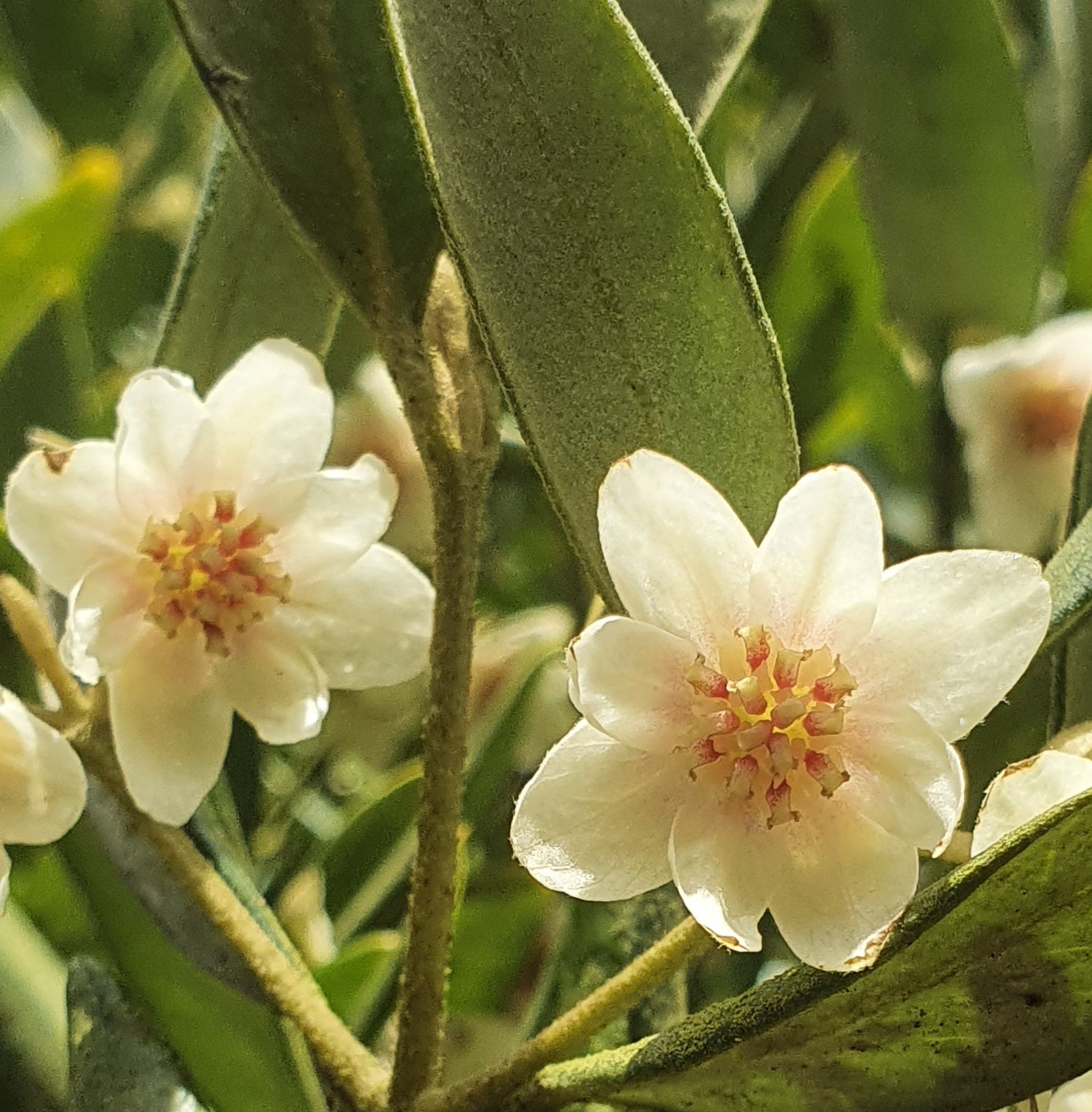Atherosperma
Credits
Article from Bean's Trees and Shrubs Hardy in the British Isles
Recommended citation
'Atherosperma' from the website Trees and Shrubs Online (treesandshrubsonline.
Family
- Atherospermataceae
A genus of one species, native to Australia. The family to which it belongs was formerly included in Monimiaceae and like that family has its main development in the southern hemisphere; it is also found in the W. African tropics, but is fairly closely allied to the Calycanthaceae of N. America and E. Asia, and more distantly to the magnolia and laurel families. The perianth in Atherosperma, as in other members of the family, is not divided into sepals and petals but consists of a single undifferentiated whorl of ‘tepals’, and the gynoecium consists of a number of distinct pistils, each with its own style. The family Atherospermataceae is otherwise represented outdoors in British gardens only by the genus Laurelia.
From the Supplement (Vol.V)
The flowering time of A. moschatum in cultivation is February or March.

